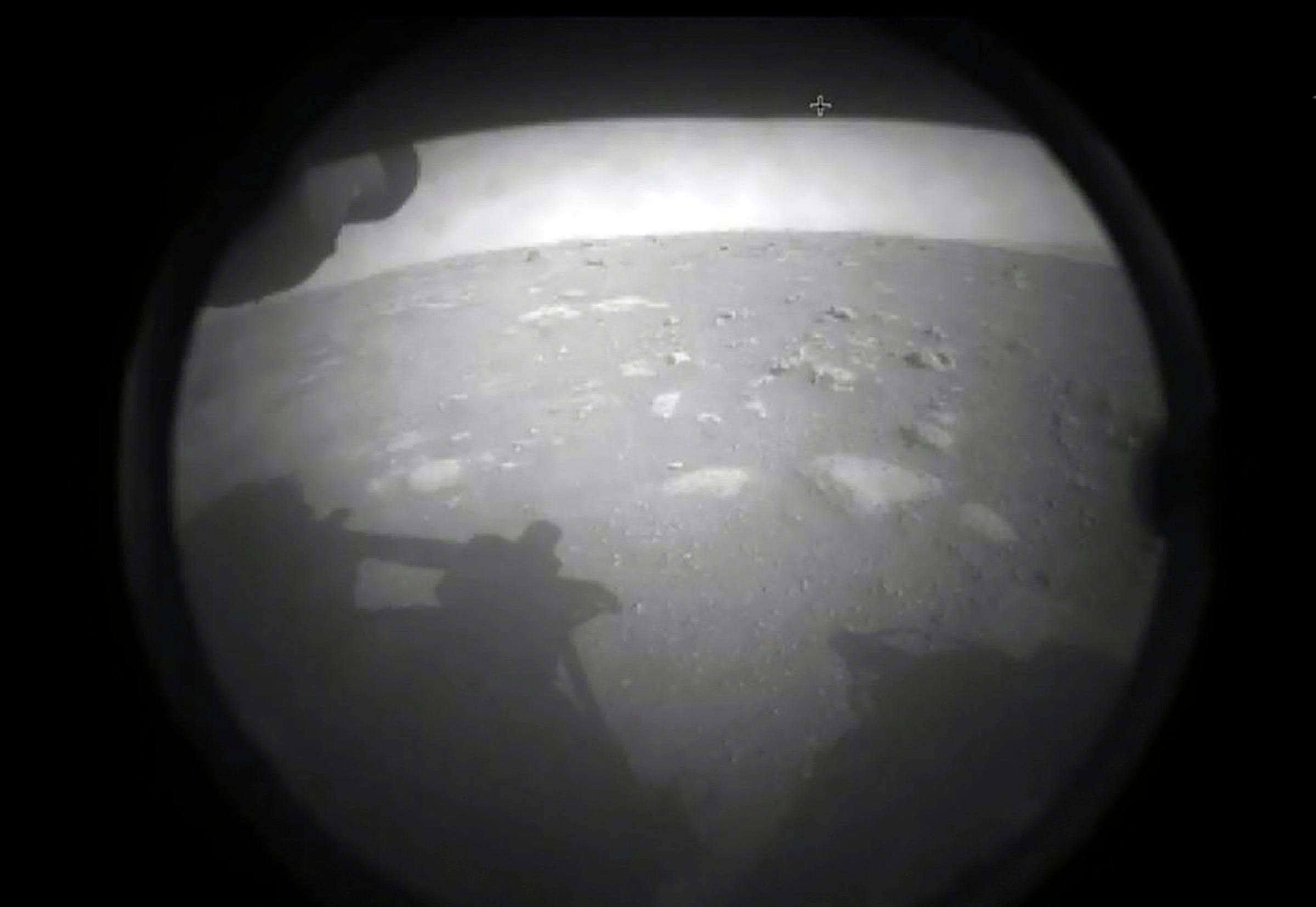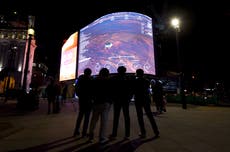Mars rover: How to see Perseverance’s latest images and movements as it searches red planet for evidence of alien life

Your support helps us to tell the story
From reproductive rights to climate change to Big Tech, The Independent is on the ground when the story is developing. Whether it's investigating the financials of Elon Musk's pro-Trump PAC or producing our latest documentary, 'The A Word', which shines a light on the American women fighting for reproductive rights, we know how important it is to parse out the facts from the messaging.
At such a critical moment in US history, we need reporters on the ground. Your donation allows us to keep sending journalists to speak to both sides of the story.
The Independent is trusted by Americans across the entire political spectrum. And unlike many other quality news outlets, we choose not to lock Americans out of our reporting and analysis with paywalls. We believe quality journalism should be available to everyone, paid for by those who can afford it.
Your support makes all the difference.Nasa’s Perseverance rover has finally arrived at Mars, ready to hunt for evidence of alien life.
The “seven minutes of terror” as it dropped onto the planet marked the end of a journey that took seven months and saw it travel almost 300 million miles through space.
But it is also the beginning of a mission that will see it explore the Mars in search of evidence that it was once home to alien life.
Nasa is allowing the public to keep up with its latest movements as it does, through a stream of images and a tracker to watch the rover as it moves across the planet.
The first images came back from Perseverance just moments after it arrived on the surface. As such, they were slightly low quality, since they were taken with engineering cameras that were still covered up with glass protectors, and the rover was still surrounded by the dust that was displaced as it landed on the surface.
But Nasa is expected to release more images as they make their way back from the rover to Earth. All of those will be collected on a special page, which will eventually fill up with vast numbers of pictures, though since they come back raw and unsorted there may be some that are less interesting or more repetitious.
Nasa also maintains a multimedia feed with a selection of images and videos taken from the Perseverance mission – including illustrations of its journey and pictures of its controllers down on Earth.
As well as images taken of the surface, Nasa says it will soon release pictures taken from the Perseverance rover as it made its way down onto the surface. For the first time, it will also have sound from that descent, thanks to a microphone mounted on the rover.
Nasa is also offering an interactive map that depicts the rover’s journey over the surface, and allows people to check in on its location at any time.
The dark blue circle is the landing area, and the rover itself is depicted by a light blue image that shows a picture of Perseverance.
The rover should keep moving around and returning information for some time: the mission has been scheduled to last for at least one Mars year, or about 687 Earth days, though Nasa’s rovers have been known to last far longer than expected.

Join our commenting forum
Join thought-provoking conversations, follow other Independent readers and see their replies
Comments